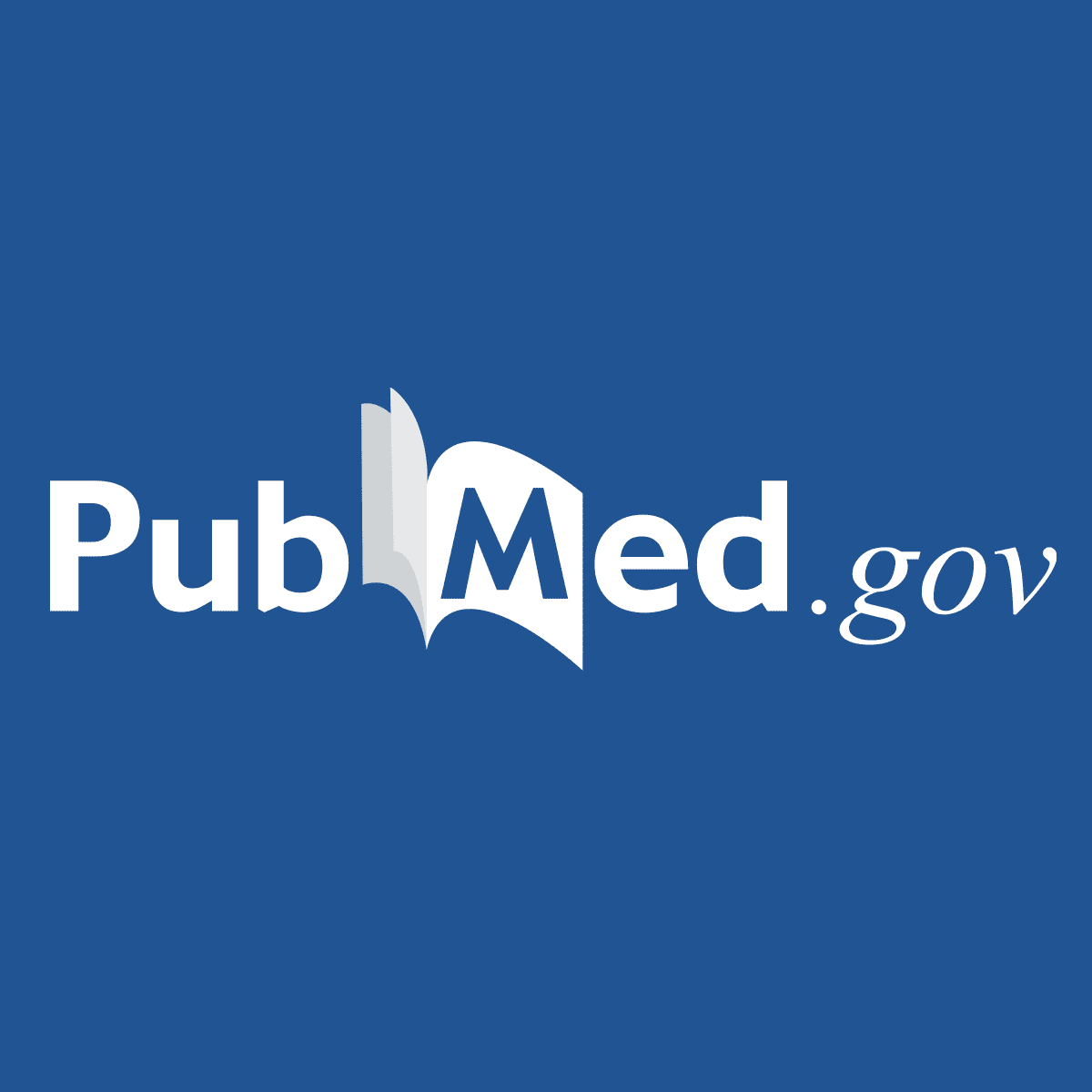OP
Peatness
Guest
Coenzyme Q10 and Rheumatoid Arthritis

 pubmed.ncbi.nlm.nih.gov
pubmed.ncbi.nlm.nih.gov

Effects of Coenzyme Q10 Supplementation on Inflammatory Cytokines (TNF-α, IL-6) and Oxidative Stress in Rheumatoid Arthritis Patients: A Randomized Controlled Trial - PubMed
This study showed beneficial effects of CoQ10 supplementation on inflammatory cytokines and oxidative stress in rheumatoid arthritis patients.









